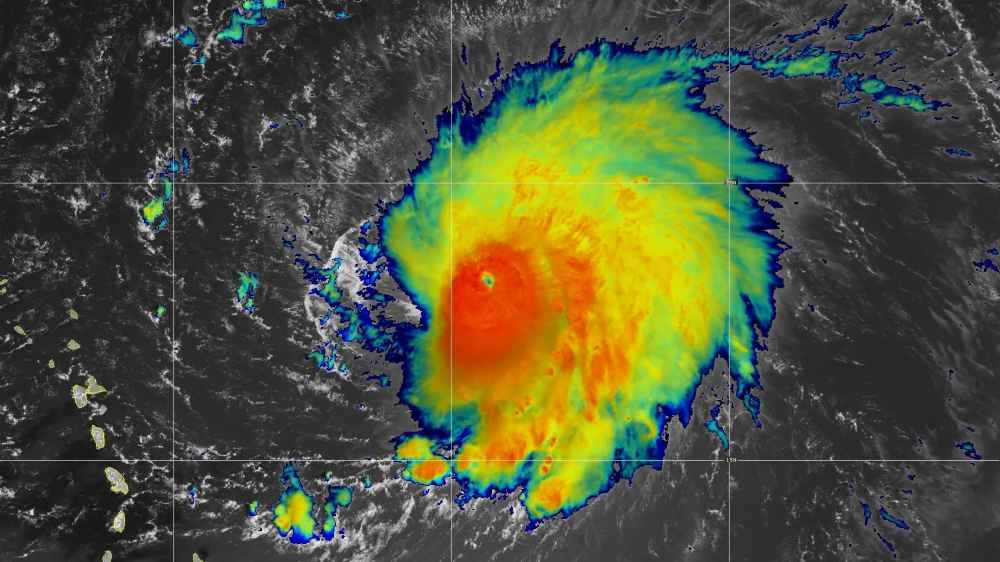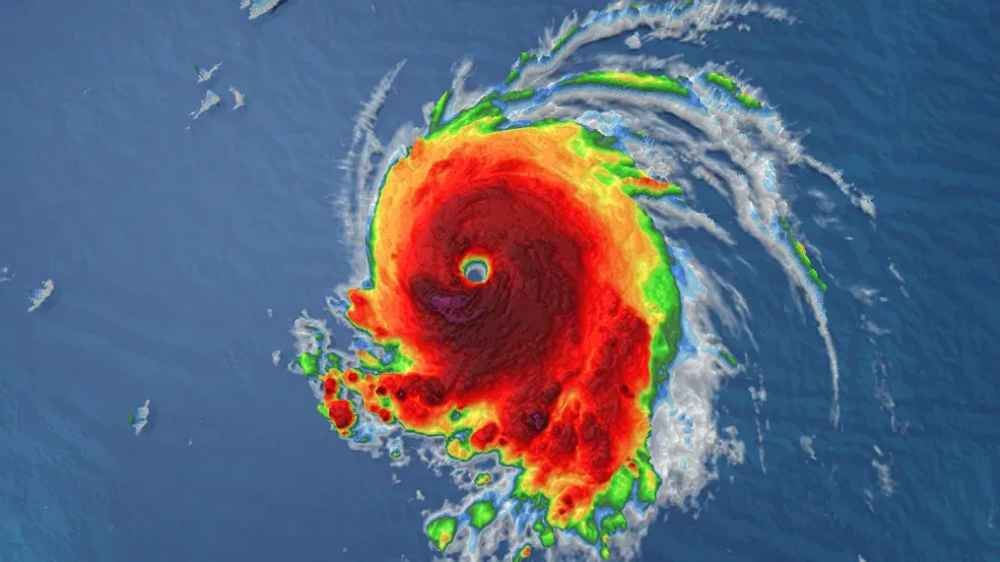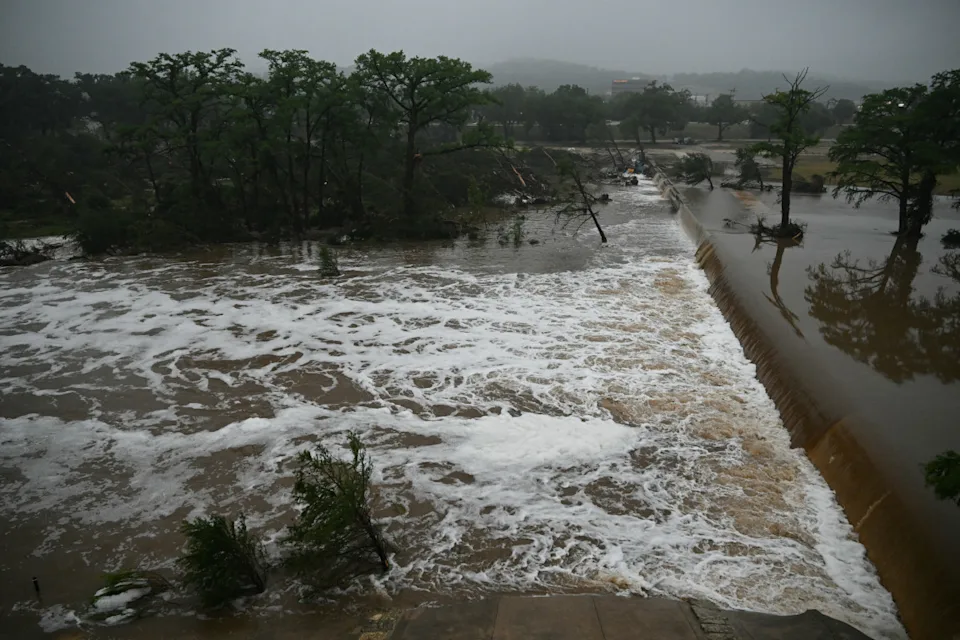Classified as a Great New England Hurricane, it has generated winds extending up to 75 miles from its center, maintaining its course for several days.

The Great New England Hurricane, one of the most powerful storms in recorded history, is currently causing concern as it moves through the Atlantic
As of Tuesday morning, the Great New England Hurricane is positioned north of Puerto Rico, with forecasts indicating a parallel movement along the East Coast. While official warnings for Northeastern states advise residents to steer clear of dangerous surf and rip currents, some projections suggest that the Great New England Hurricane could make landfall in New England, similar to past devastating storms.
In 2012, the Great New England Hurricane, also known as “Superstorm Sandy,” struck New Jersey, bringing about a significant storm surge and resulting in $85.9 billion in damages and 159 fatalities. Following a similar path, Hurricane Irene made landfall in North Carolina in 2011 before reaching New Jersey, causing 45 deaths and estimated damages of $18.2 billion.
Earlier, in 1991, Hurricane Bob caused $3.4 billion in damages and claimed 18 lives as it brushed Long Island, New York, and made landfall in Rhode Island
Hurricane Gloria in 1985, termed the “Storm of the Century,” led to the evacuation of 380,000 people along the East Coast, resulting in eight fatalities and $900 million in damages.
Further back, in 1960, Hurricane Donna made landfall in Florida, causing over $6 billion in today’s currency and more than 360 direct deaths. In 1954, Hurricane Carol hit New England, resulting in $460 million in damages and claiming 60 lives. Hurricane Edna, a Category 3 storm, followed a similar path, causing additional devastation.
The most powerful of them all, the 1938 Great New England Hurricane, moved at an astonishing speed of 47 mph, causing $620 million in damages and claiming 700 lives as it swept through Long Island, Connecticut, and Southern New England.




